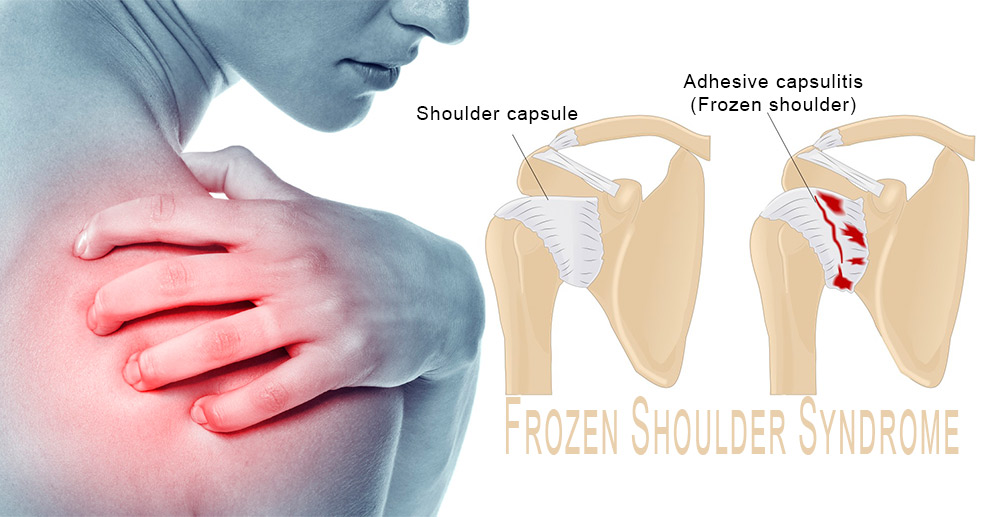
Understanding Frozen Shoulder
Frozen shoulder is characterized by stiffness and pain in the shoulder joint, resulting from inflammation and thickening of the shoulder capsule. It typically progresses through three stages:
Freezing Stage: Gradual onset of pain that worsens over time and limits movement.
Frozen Stage: Pain may reduce, but the shoulder becomes stiffer and movement is significantly restricted.
Thawing Stage: Gradual improvement in shoulder movement and reduction in stiffness.
Best Practices for Managing Frozen Shoulder
Comprehensive Assessment and Diagnosis
- A thorough clinical assessment is essential. This includes a detailed medical history and physical examination to identify the stage and severity of the condition.
- Imaging studies, such as X-rays or MRI, may be required to rule out other shoulder conditions.
Patient Education and Self-Management
- Educating patients about their condition and the importance of adhering to the treatment plan is crucial. Understanding the natural course of frozen shoulder can help set realistic expectations.
- NICE guidelines recommend providing information on activity modification and pain management techniques.
Physical Therapy and Exercise
- Physiotherapy is a cornerstone of managing frozen shoulder. A tailored exercise program focusing on gentle stretching and strengthening exercises can help maintain and gradually improve shoulder mobility.
- Techniques such as manual therapy, including mobilizations, can be beneficial in reducing stiffness and improving range of motion. Your physiotherapist will guide you through exercises appropriate for each stage of the condition.
Pain Management
- Pain relief can be achieved with over-the-counter medications such as paracetamol or non-steroidal anti-inflammatory drugs (NSAIDs).
- In some cases, corticosteroid injections may be considered to reduce inflammation and alleviate pain, particularly during the freezing stage. These should only be administered following a thorough assessment by a healthcare professional.
Activity Modification
- Advising patients to modify their activities to avoid exacerbating pain and stiffness is essential. This may include avoiding movements that cause severe pain or strain on the shoulder.
- Ergonomic adjustments at work and home can help reduce strain on the shoulder, promoting healing and preventing further complications.
Multidisciplinary Approach
- For severe or persistent cases, a multidisciplinary approach may be necessary, involving physiotherapists, general practitioners, orthopedic specialists, and pain management experts.
- Collaboration among healthcare providers ensures comprehensive care and optimal outcomes.
Hydro-dilatation
- Hydrodilatation is a minimally invasive procedure that involves injecting a large volume of saline and steroid into the shoulder joint to stretch the capsule and improve movement. This may be considered for patients who do not respond to initial treatments.
Surgical Intervention
- Surgery is typically reserved for cases where conservative treatments have failed, and there is a clear indication for operative intervention. Procedures such as arthroscopic capsular release can help restore shoulder mobility.
- Post-operative rehabilitation is crucial to ensure successful recovery and return to normal activities.
Adhering to NICE Guidelines
NICE guidelines emphasize a patient-centered approach, promoting individualized care plans and shared decision-making. Key recommendations include:
Holistic Assessment: Consider the physical, psychological, and social aspects of the patient’s condition.
Active Management: Encourage physical activity and exercise as part of the treatment plan.
Minimize Invasive Interventions: Reserve surgical interventions for cases with clear clinical indications and where conservative measures have not provided sufficient relief.
Conclusion
Managing frozen shoulder effectively requires a comprehensive and multidisciplinary approach that aligns with best practices and NICE guidelines. At Physiopoint, we are committed to providing high-quality, patient-centered care tailored to your specific needs. By combining patient education, physical therapy, pain management, and activity modifications, we aim to help you achieve lasting recovery and improved quality of life. If you’re experiencing shoulder pain or suspect a frozen shoulder, reach out to us today to begin your journey toward healing.
For more information or to book an appointment, visit our website or contact our clinic directly. Let us help you take the first step towards a pain-free shoulder and enhanced mobility.
Disclaimer: This blog post is for informational purposes only and does not substitute professional medical advice. Always consult with a healthcare provider for an accurate diagnosis and treatment plan tailored to your specific needs.
